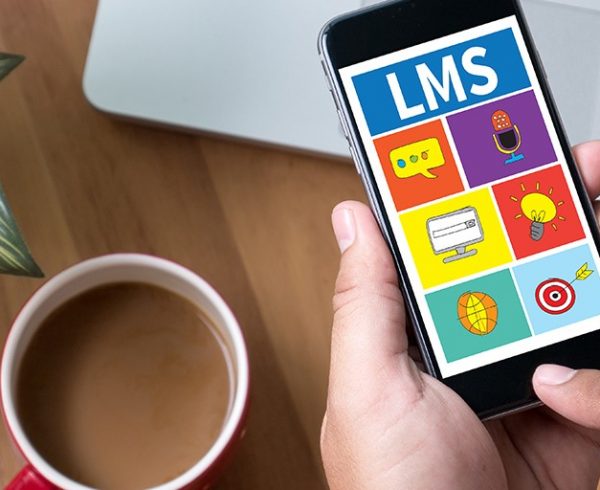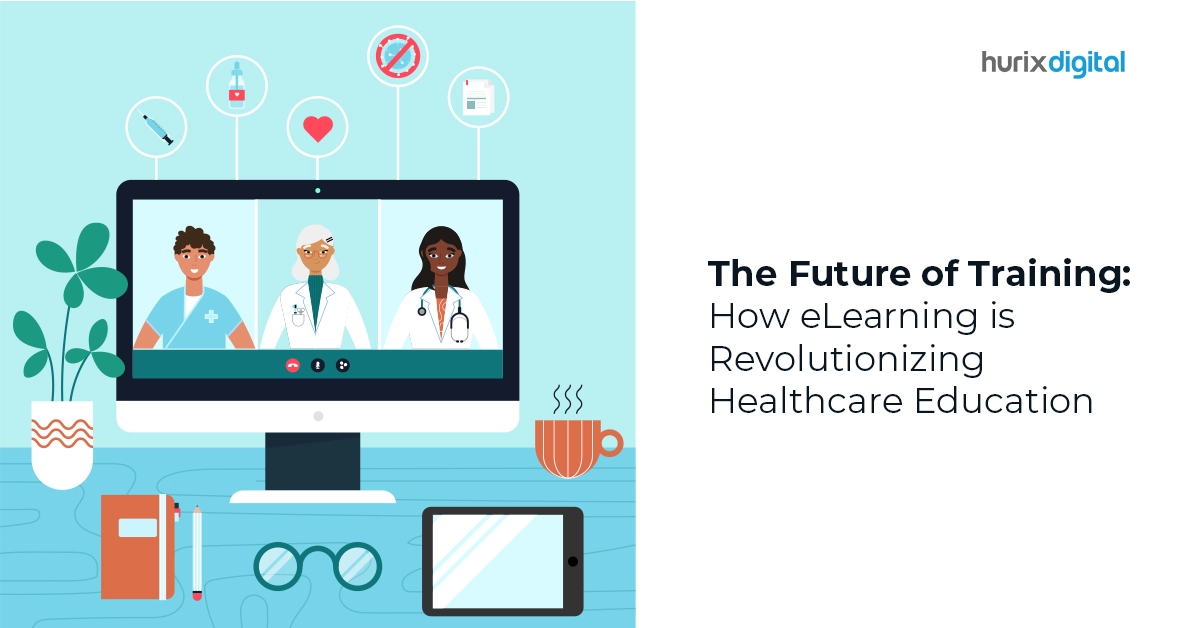The corporate workforce and or employees of the present times are perennially busy. And due to time being the rarest of commodities available, learning avenues for them need to be easily accessible, quick, concise, and readily available at the time of need.
Such continually evolving demands of modern learners gave birth to a new trend of learning, delivered through small chunks of online courses, referred to as Microlearning. In fact, in today’s multitasking and time-crunched environment, microlearning became an appropriate solution to corporate learning requirements. As opposed to traditional learning design, microlearning offers an excellent way of managing time. It doesn’t require long time spans as the employees can take bite-sized lessons in between different activities.
In this blog, we are going to discuss everything you need to know about this new e-learning concept, including what it is, its features, benefits, the importance of microlearning in employee engagement, and why you need to integrate the same in your e-learning strategy.
So, what exactly is Microlearning?
Microlearning is essentially a type of e-learning strategy that takes considerably less time to complete (anywhere between 2-10 minutes). Available in a variety of interesting formats such as quizzes, videos, games, animations, etc., these small chunks (or nuggets) offer the benefit of both playing to the strengths of the learners as well as assisting in mobile learning.
To put it simply, microlearning is a compilation of short, bite-sized learning nuggets. However, they are designed to meet the specific learning outcomes of a particular organization.
Characteristics of Microlearning
Irrespective of whether it is used as a structured learning experience or in a more informal setup, microlearning, has the following features-
1. Variety of Content:
Microlearning content can be implemented and used in a variety of forms based on the needs and preferences of learners. Some of examples of microlearning content include:
- Images- pictures and illustrations
- Text – short paragraphs, phrases, etc.
- Quizzes, riddles, and tests
- PowerPoint presentation
- Short videos and animations
- Audios-short snippets of speech or music
- Games
2. Short & Crisp:
Microlearning courses or events are short, crisp, and quick, with no defined duration required in its delivery.
3. Depth:
Due to their short format and specific objective-driven nature, micro-learning has more impact, with heavier focus being given to a specific concept, topic, or idea.
5 Reasons to Integrate Microlearning in Mobile Learning Strategy
Now that we have a fair idea of what microlearning is, let’s dig deeper into the benefits of microlearning towards achieving employee engagement and why it should be an essential part of your mobile learning strategy.
Over the last few years, there has been a consistent rise in the integration of mobile learning as an important part of several organizations’ training modules. On top of that, the sudden spike in the millennial workforce and heavy use of smartphones and tablets by employees has helped mobile learning gain further momentum. More and more employees today work outside the office- from home, during a commute, customer sites, etc.,- leading to another popular concept called ‘Bring Your Own Device‘ (BYOD). It allows employees to use their own smartphones at work, including access to different corporate resources and apps.

Together, the combined power of microlearning and mobile learning/m-Learning can help organizations multiply the impact of their training delivery manifolds.
Here we are outlining 5 reasons why you should adopt a combination of MicroLearning and MLearning to get better results-
1. Microlearning is Better Adapted for Mobile Devices:
Microlearning as an e-learning strategy is better adapted for mobile/smart devices when compared to any other kind of learning. These microlearning modules are designed so they can be easily incorporated into other blended learning strategies as well. Making optimal use of mobile devices, these nuggets can combine both classroom and online learning into a single training delivery to further enhance learner engagement as well as encourage collaboration among teams.
Related: Benefits of Investing in Custom eLearning Courses for Your Enterprise
2. Hold the Learners Attention:
The attention span of most modern learners isn’t very high. Irrespective of the topic, as soon as the training goes on for more than a few minutes, these learners not only start losing out on their attention span, but their retention of information also decreases. By integrating microlearning with your mobile learning strategy, you complement the speed of the learners’ attention spans as well as their interactions.
3. Greater Learner Engagement:
When it comes to learner engagement, short and crisp information is the way to go. The benefit of integrating microlearning into your mobile learning strategy is that it allows you to tap into the learners’ habit of regularly using their mobile devices.
Additionally, the shortened length of the content to be learned (microlearning) allows modern learners to remain invested in the content and also engage them to take the initiative of continuing their search for more information.
4. Allows to Adjust Learning into Busy Schedules:
Due to stricter schedules and long working hours, the modern-day workforce is constantly looking for smarter and quicker L&D solutions. Therefore, the learning for them needs to be adjusted such that it maintains both the engagement as well as completion rates.
Microlearning coupled with a mobile learning strategy is a smart way to allow for higher flexibility in the learners’ tight schedules. They can quickly take up these courses either before the end of the day, between meetings, or even while traveling. The mobility aspect gives them the freedom to do this anytime, anywhere, and microlearning perfectly complements their needs.
Related: 10 Ways Mobile Learning Influences Corporate Learning & Development
5. Simplify the Content
One of the benefits of integrating microlearning into your e-learning strategy is the simplification of the content for learners. It allows you to highlight one aspect at a time, that they can learn more efficiently with a specific goal in mind for better learning outcomes.
Parting Thoughts:
If you really want to create a robust learning culture within your organization, the learning content should be easily accessible on any device.
Integrating microlearning into your mobile learning strategy will not only push your training and L&D (learning and development) towards a whole new direction, but it will also open multiple ways of knowledge collaboration among your employees.
The biggest advantage of combining these two e-learning strategies is the fact that it can be easily integrated into LMS by either pushing out the microlearning course to employees’ smart devices or uploading the content on a common platform accessible by everyone.
Related: Best LMS Features and LMS Tools for Mid-Sized Enterprises











